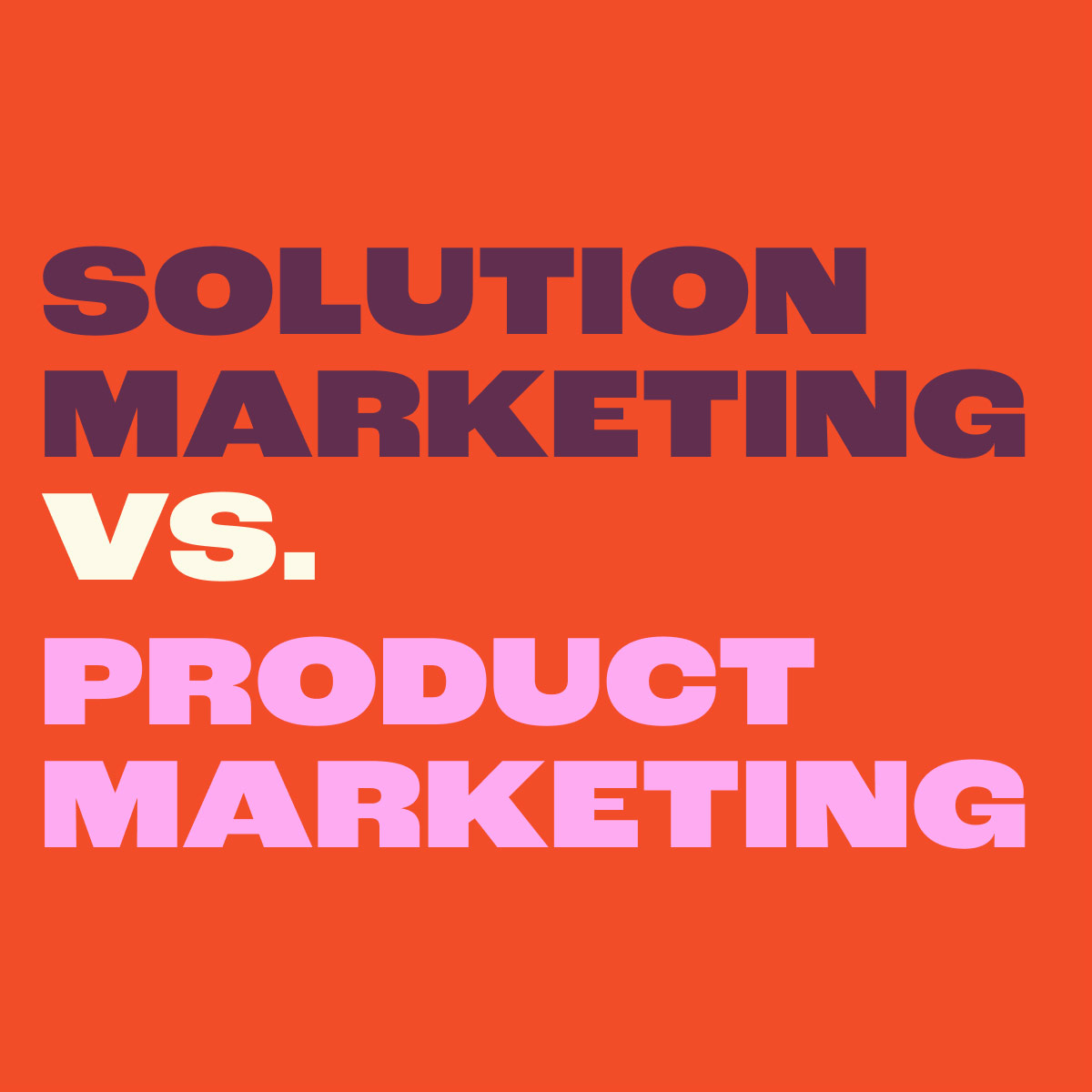As the healthcare industry steadily moves into the 21st century, the age of healthcare consumerism has arrived. The patient is in charge and making demands. And healthcare marketers everywhere can rejoice. Our jobs just got easier.
Well, not quite. As with any massive industry change, given the number of stakeholders, interests, and ideas, progress is slow. While it’s true that patients—now shouldering more of the financial burden of their care—are shopping around, evaluating their options, and expecting more from their doctors, transferring retail best practices to healthcare is easier said than done.
In their New England Journal of Medicine article, “Toward Facilitated Self-Service in Health Care,” three doctors argue that, to truly transition to a patient-centered system, we should be devising ways for patients to spend less time in doctors’ offices. Many healthcare consumers agree, as evidenced by the popularity of patient portals, wearable fitness trackers, and minute clinics.
Patients increasingly want, and benefit from, convenience. In one survey, 51 percent of healthcare consumers said convenience is the most important factor in their decision-making—more important than insurance coverage and quality of care. And yet there are many barriers to achieving more automated, convenient care—from health plan reimbursement to lack of data and universal standards to physician resistance. It’s the patients themselves, though, that may be the biggest hurdle.
While the customer is always right, the patient may not be. The Atlantic article, “The Worst Patients in the World,” argues that the problems facing the US healthcare system may be due, in large part, to patients. As many demand unnecessary treatments and others don’t adhere to their care plans, US patients are not only contributing to the high cost of care, but also to their own conditions: “Many experts estimate that what providers do only accounts for 10 to 25 percent of life-expectancy improvements in a given country. What patients do seems to matter much more.”
Unlike their retail counterparts, then, healthcare consumers have a much larger role to play in the consumption of healthcare products and services, one that extends far beyond an initial exchange. Our role as healthcare marketers is bigger, too. More than ensuring a purchase, we have added responsibilities, like patient education and empowerment, compassion, and privacy. So how do we reach the healthcare consumer in the most responsible way possible?
Care is convenience, convenience is care.
Whether you’re a medical practice or a diagnostic device company, what are you offering healthcare consumers in the way of convenience? Make it clear that you understand the complexity of patients’ day-to-day lives and emphasize the ways your product or service is making it easier for them to receive and/or manage their care.
Remind patients that they have options.
When it comes to choosing a doctor, healthcare consumers have become savvy, asking for recommendations via Facebook or reviewing sites like Healthgrades and Vitals. But they may not realize that choice extends to other areas of healthcare as well. For example, a recent report from Quest Diagnostics revealed that 87 percent of patients don’t comparison shop for lab providers. This lack of knowledge provides an opportunity for marketers to not only remind patients that they have options, but also that their offering may be better suited to a healthcare consumer’s needs.
Empower the patient.
Yes, patients are feeling more empowered than ever before. But good health isn’t a quick hit, fulfilled by a single appointment. Responsible healthcare marketing communicates that, while a product or service may help a patient on their journey, ultimately the patient bears responsibility for their own health. Build them up in a positive way.
Personalize your storytelling.
As precision medicine becomes a goal for more practices, personalized healthcare marketing has followed suit, from targeted email campaigns to powerful patient stories to tailored content. When and where possible, give healthcare consumers a chance to connect and share more information with you. This will give you personal stories to learn from, allowing you to provide the content, products, and services most relevant to your customers.
Never lose sight of the North Star: better health.
Ultimately, everything we do in the healthcare space—from developing new products and services to marketing them—is done to encourage better health. If your mission and marketing efforts are not aligned to that, healthcare consumers will see through them. Demonstrate your investment in health and all that it entails and make it clear how your solution will help even the most discerning healthcare consumers live their best lives possible.
The patient may not always be right, but as healthcare marketers, we can do right by them, empowering them to not only be smarter consumers, but also healthier humans.


